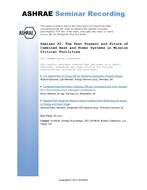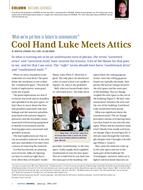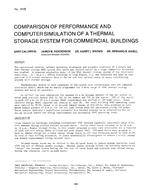Click here to purchase
Investigation of Indoor Environmental Quality (IEQ) in various types of buildings is a rather intense research activity by recent years. IEQ refers to the acceptable levels of thermal, visual and acoustic comfort in addition to Indoor Air Quality (IAQ). In the proposed work, a systematic measurement campaign in university classrooms in the Educational School of the University of Western Macedonia, Florina, Greece, is presented; the campaign was performed by the end of the spring semester, in free-running classrooms. Measurements include thermal comfort parameters, as well as IAQ ones, namely volatile organic compounds (VOCs), CO2 and NO2 concentration. As far as thermal comfort is concerned, the validity of the adaptive model approach is examined, while Fanger’s thermal comfort indices are also calculated per person; both approaches are implemented on the basis of the measured data. Moreover, a comparison is made through the support of questionnaires investigating the actual thermal comfort level of the students while being in the classrooms, aiming at providing insight on the validity of the examined comfort models. Also, survey includes questions about parameters of IEQ. In terms of air quality, measurements are made both indoors and outdoors, allowing the determination of indoor/outdoor correlations. Lighting and acoustic measurements are also performed, contributing to an integrated IEQ assessment.
Citation: IAQ 2020: Indoor Environmental Quality
Product Details
- Published:
- 2020
- Number of Pages:
- 8
- File Size:
- 1 file
- Product Code(s):
- D-IAQ2020-C49
- Note:
- This product is unavailable in Belarus, Russia


